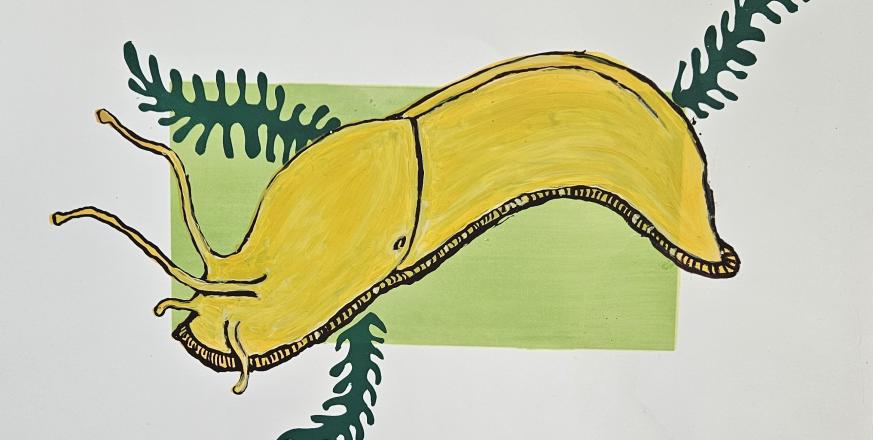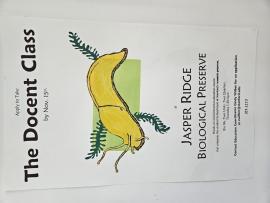Fifty Years of Student-Driven Research at Jasper Ridge 'Ootchamin 'Ooyakma

Since its inception in 1975, the 20 week field course “Ecology and Natural History of Jasper Ridge Biological Preserve” has trained hundreds of JR'O'O docents over the years. While it has had several course number and curriculum changes in that time, one feature that has remained steady is the opportunity for students to engage in an independent course project during the spring quarter.
As the course and docent training program approaches its 50th year, we reflected on two things. First, how can we support staying in touch with our alumni and connect them with our next generation of docents? This led us to create and launch an Ecology and Natural History of Jasper Ridge Alumni Directory for our affiliates. Second, an impressive body of work now exists that students created with their independent projects. Nearly 800 students have now taken the course. Collectively, they have produced independent projects that are extensive in their disciplinary breadth and choice of media. This is not surprising, since the course is multidisciplinary by design and enrolls a diverse and intergenerational student cohort.

One of our favorite “finds” at the field station recently is this printed poster advertisement for the docent class, year unknown. Hand-painted brushstrokes in acrylic bring the banana slug (almost) to life. A subtle stripe of gloss was printed on the poster to show its slimy trail.
Since my start at JR'O'O last summer, I have been leading an effort with staff to develop an archive of all student projects over the years. My research background in paleoecology has focused on understanding past environments from evidence in the sediment record. I put those ‘reconstruction’ skills to work right away as the new Associate Director of Environmental Education. We wanted to know the breadth of student work that this landscape has inspired over the past 50 years. It was several months of searching through old hard drives, file cabinets, and about 300 CD-Rs to find copies of students’ projects. The rest of the JR'O'O team was instrumental in this task, offering technical support, help with data entry, and their knowledge on the history of the course.
As our collection of project titles grew, a few periodically caught our eye. There was “Brassica at Boething: To Be or Not to Be (Eaten),” “The Dancing Forest,” and “The People’s Guide to Jasper Ridge.” The title “Quercus species identification, frequencies, size, and development in the Serpentine and Adjoining Grasslands” represents the landscape-scale inquiries that are possible at a place like Jasper Ridge - and the potential to explore how geology influences vegetation communities in California’s chaparral.
Compiling the final list also inspired questions on what patterns we could learn from it. For example, what has been the most-studied organism at JR'O'O? Are there certain species or subjects that have fascinated our students across decades and generations? A digital list of all project titles allowed us to answer this question with textual analysis that examined the frequency of certain words.
This word cloud is the result of 475 separate project titles. This analysis showed us that the most frequent word in project titles was “plant.” This was shortly followed by a more specific plant - “oak” and “Quercus.” “Searsville,” “creek,” “lake,” and “aquatic” were also frequent occurrences, showing the importance of Jasper Ridge’s water bodies.
Word cloud produced from the titles of student projects since 1975. The larger and more prominent the word, the more frequently it occurred in our master list.



